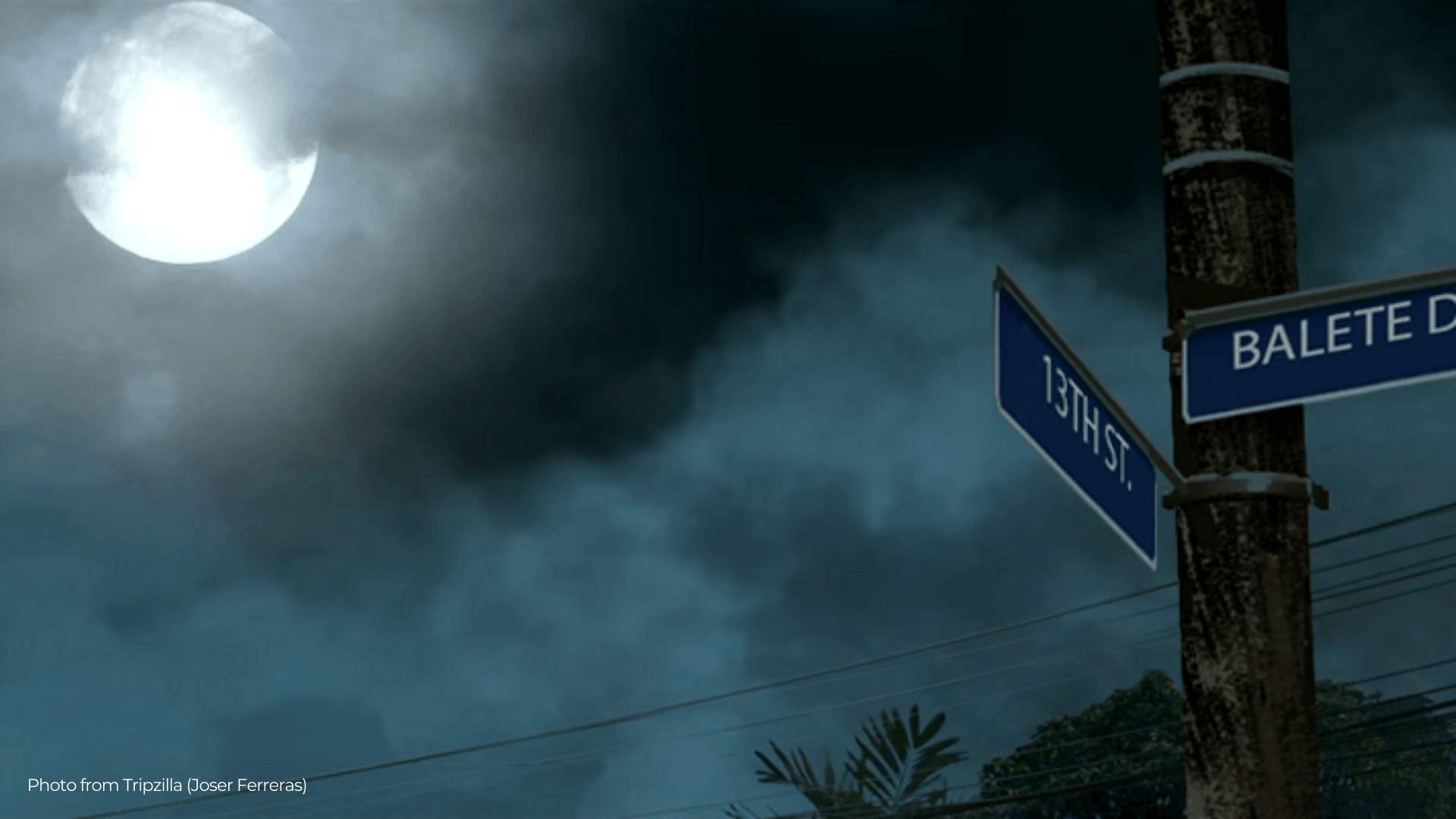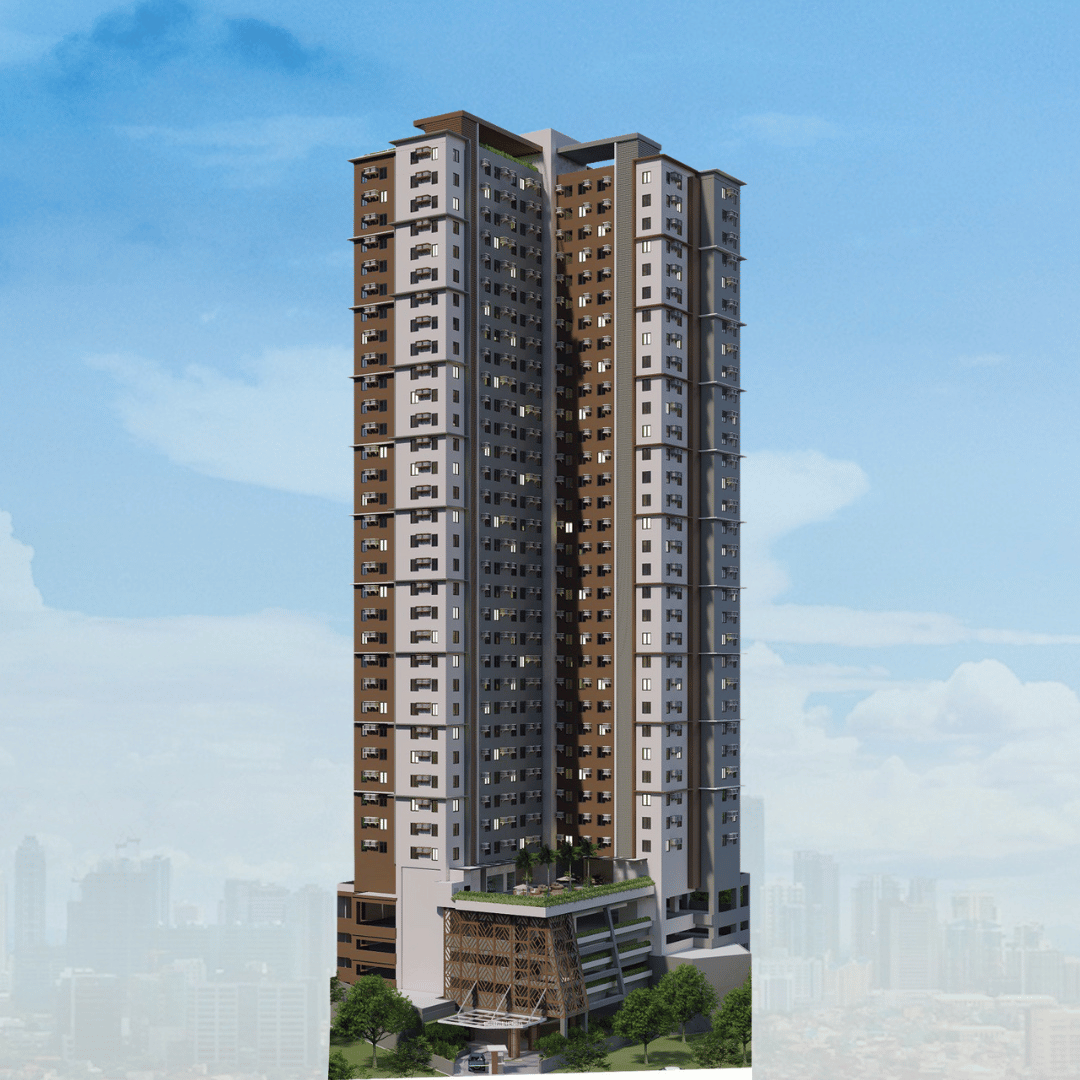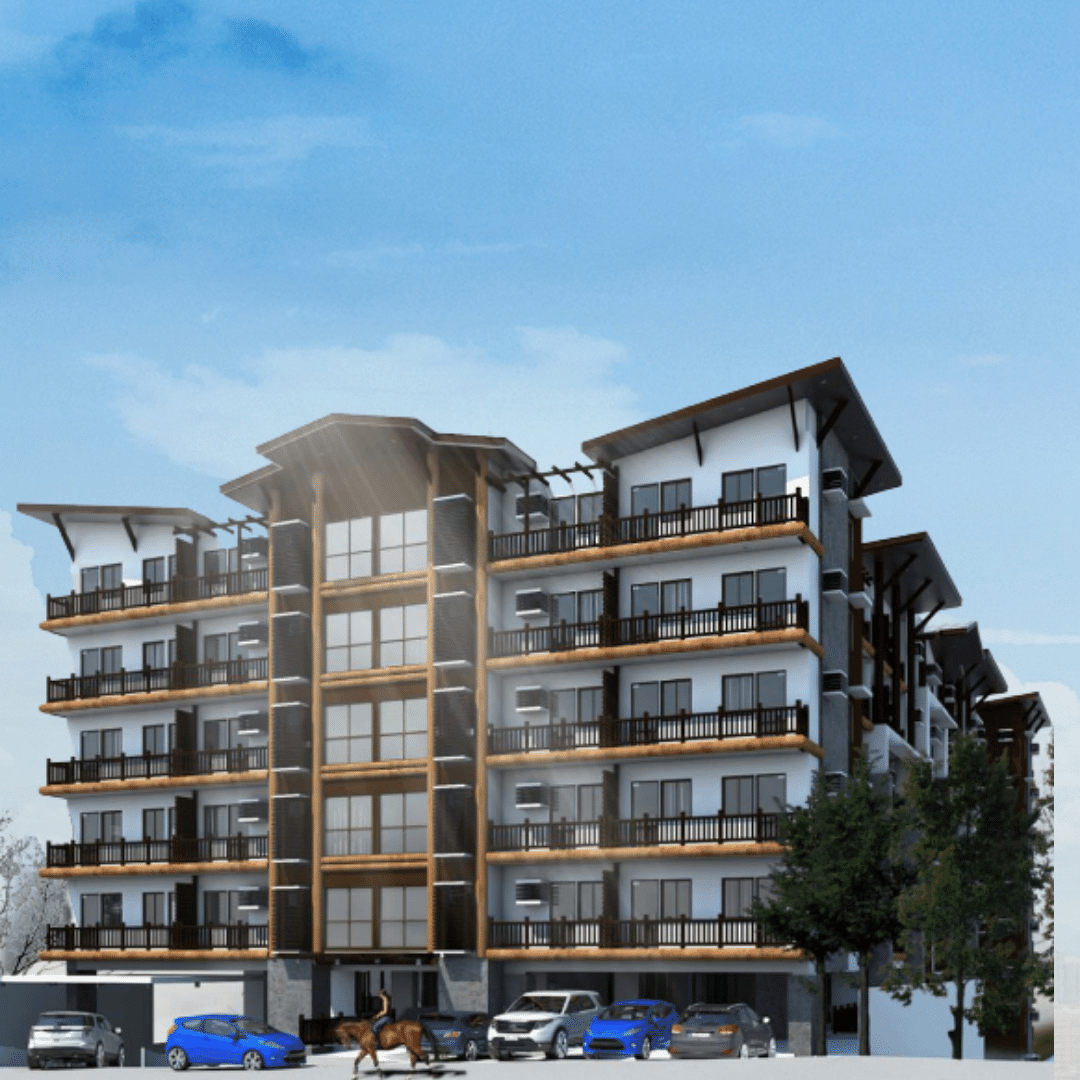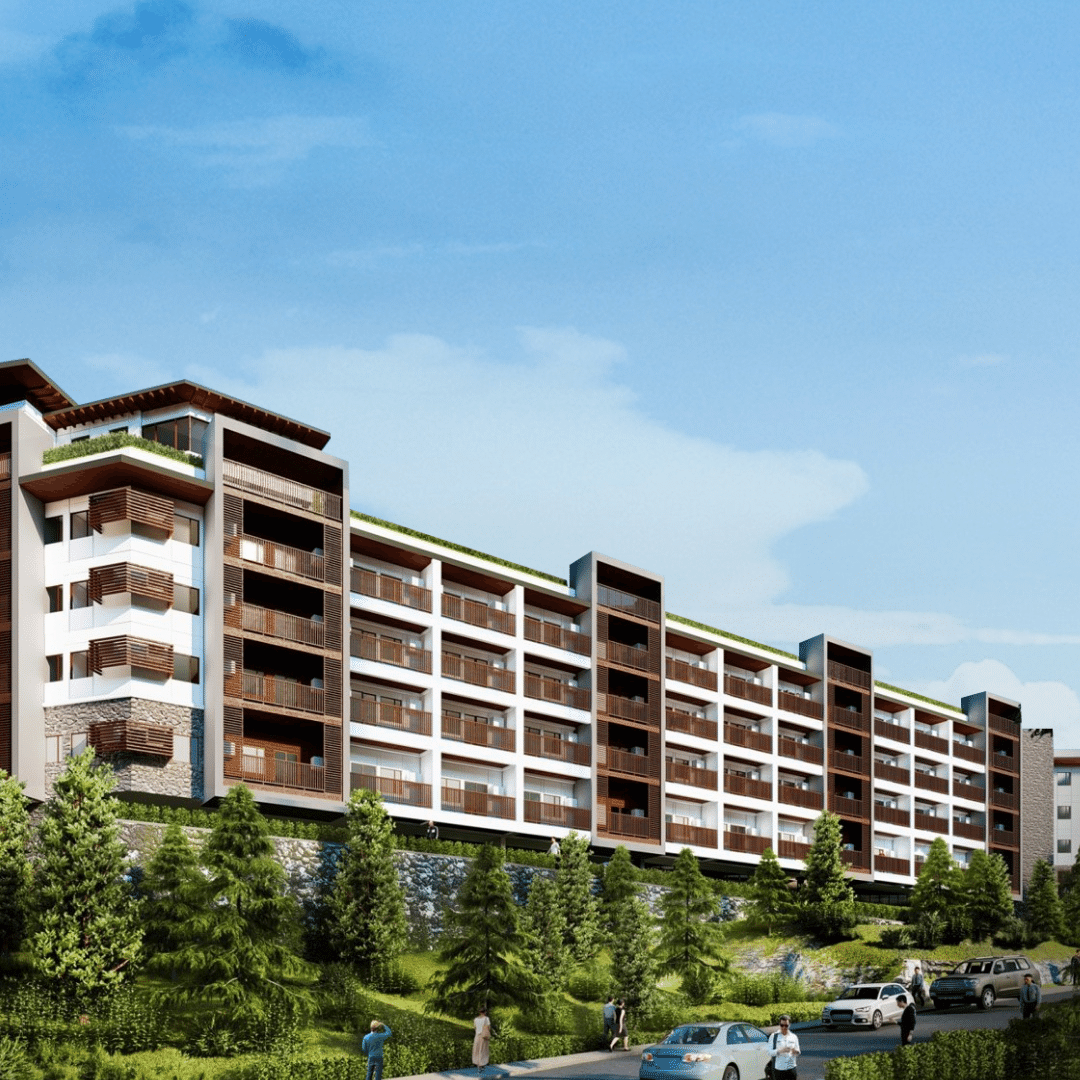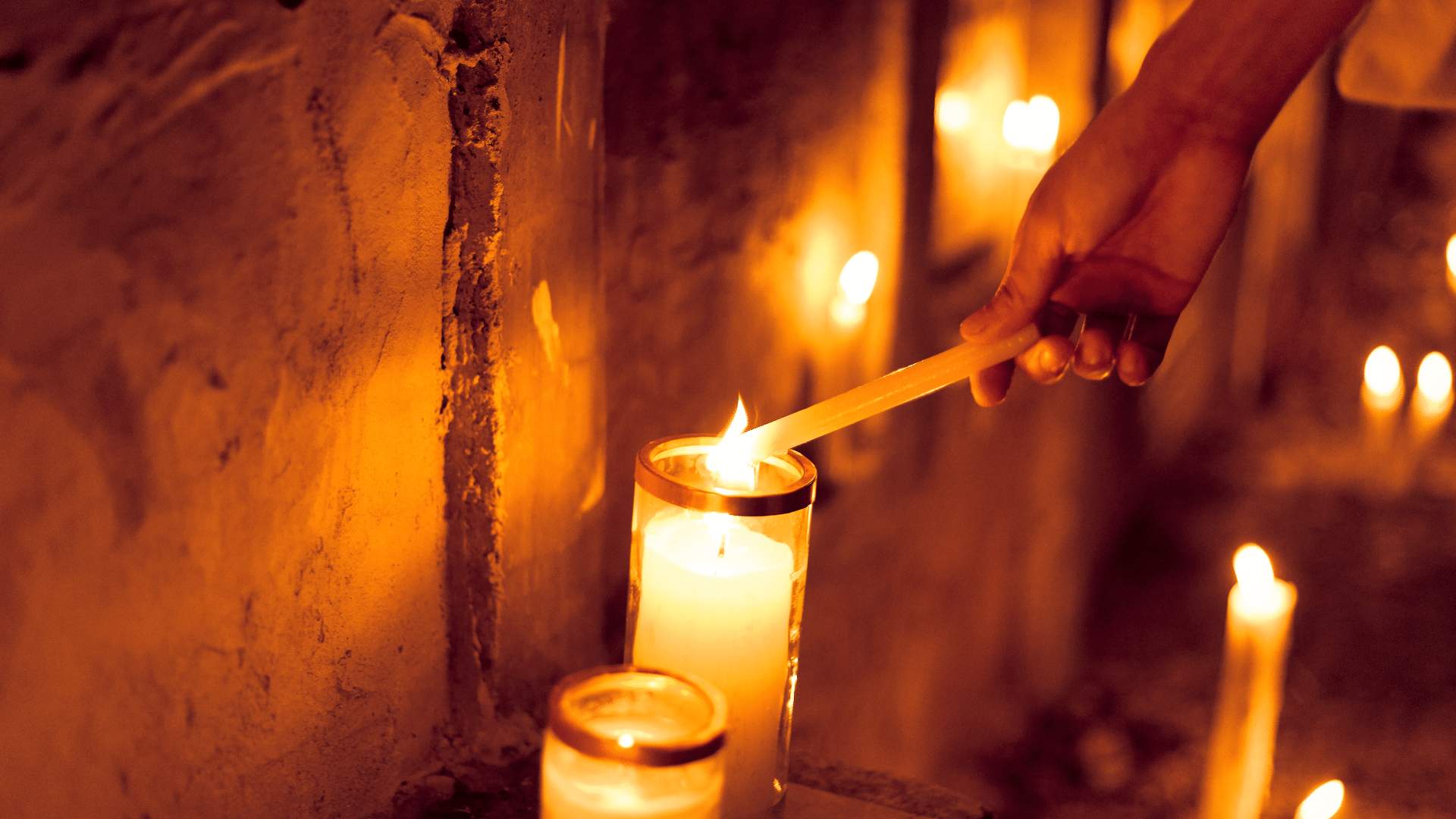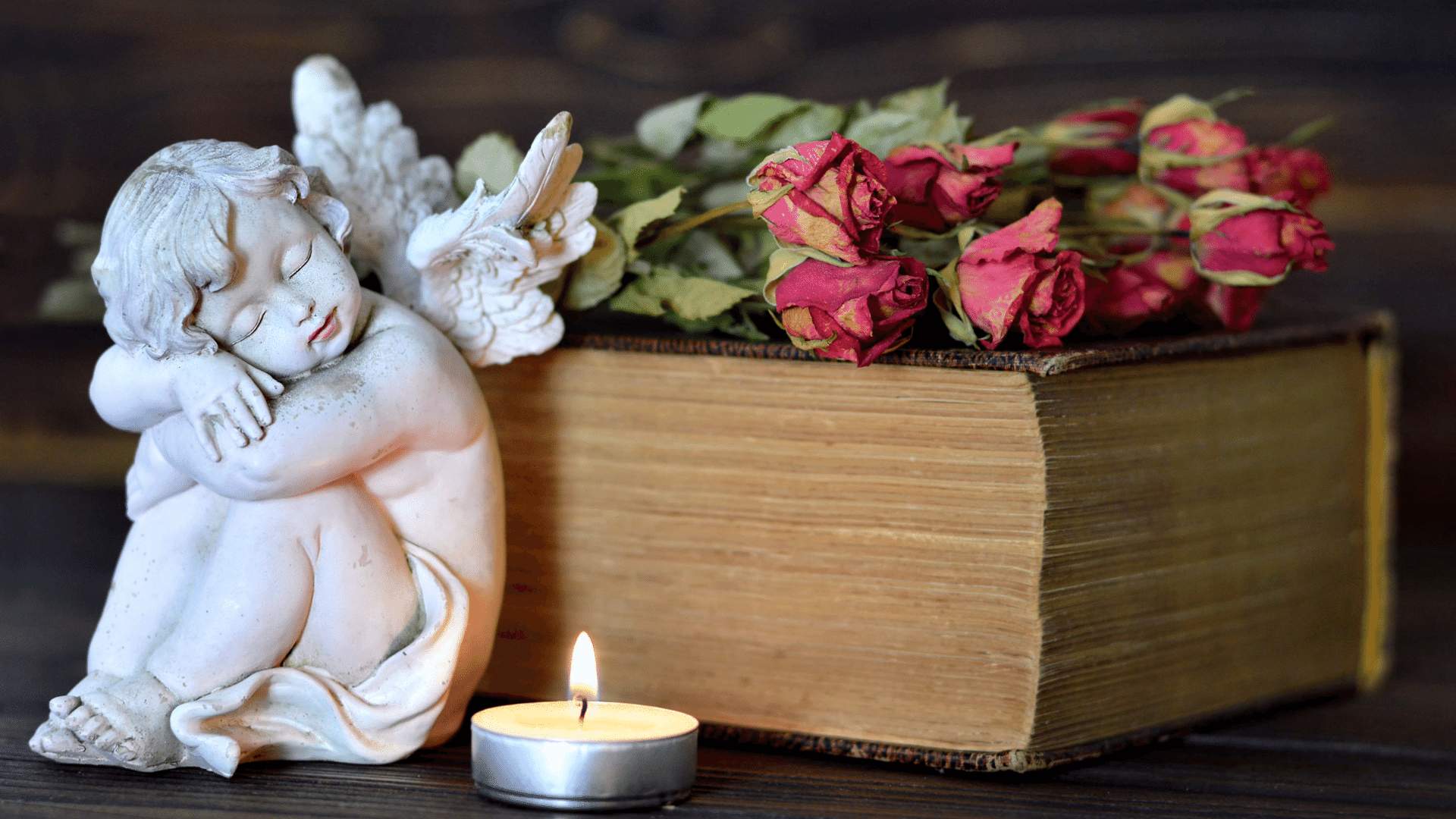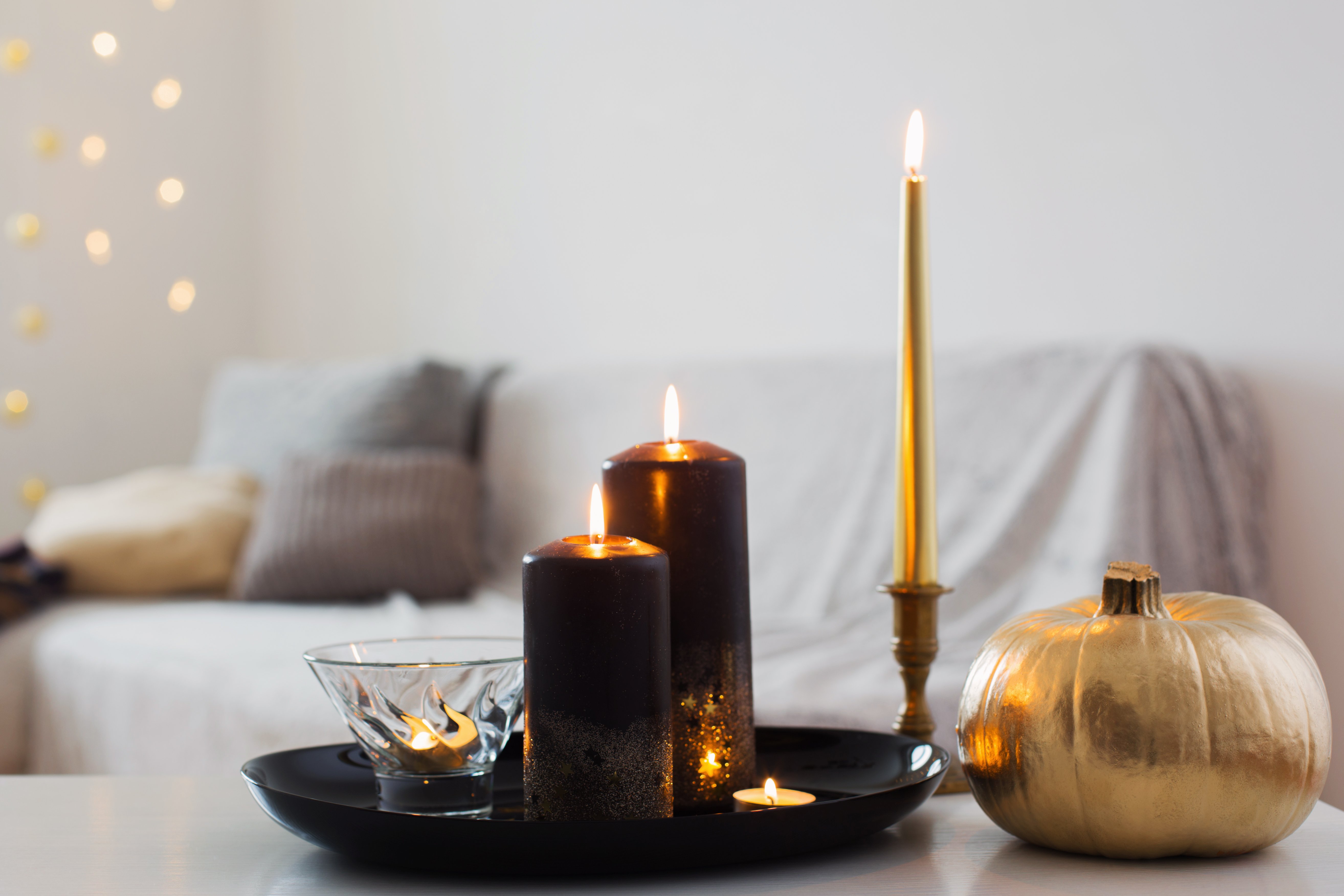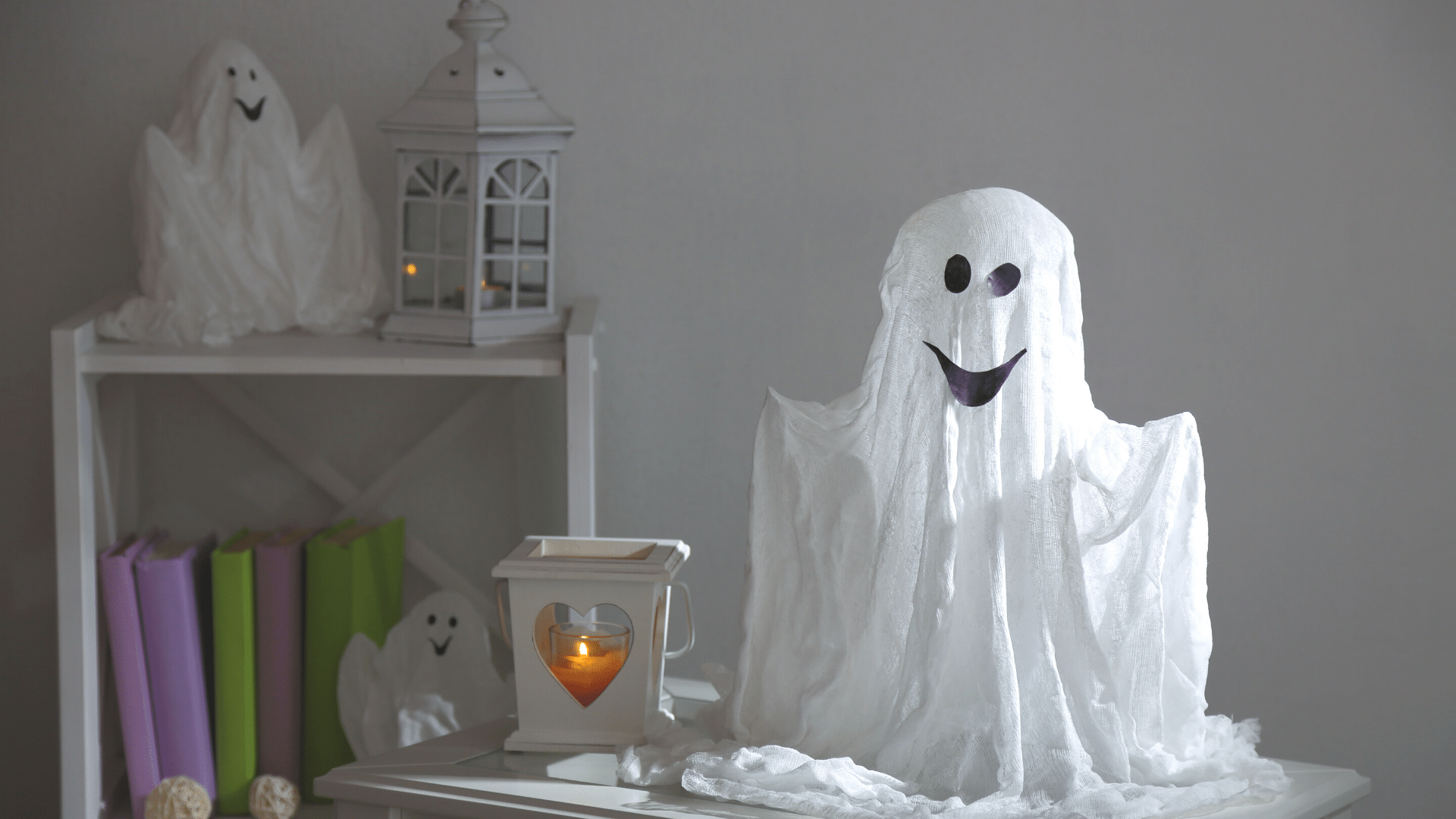Historical structures in the Philippines would tell a collection of chilling tales - assuming every wall could talk. The nation's lengthy history includes pre-colonial ages, Spanish, American, and Japanese occupations, as well as eras of colonial rule. According to the nation, one million Filipinos lost their lives during the Second World War alone.
Strange sounds, a breeze that appears louder than usual, approaching footsteps, pounding doorknobs, and levitating objects all indicate paranormal activity. And no, they are not merely depicted in movies; they exist and are certain to be felt by anyone who ventures into the Philippines' most well-known haunted locations.
Stories of oppression by conquerors and tyrants are set against the backdrop of our magnificent beaches and verdant forests. According to urban legend, soldiers' and war victims' weary wandering souls still roam the planet.
Here are the top 7 haunted places you might want to visit just in time for Halloween.
Top 7 haunted places in the Philippines to visit for Halloween
1. A spooky road trip along Balete Drive
Do not drive along Balete Drive alone at late-night at all costs!
Technically driving alone on some roads needs serious caution, but passing this street in Quezon City pretty much needs more than a serious warning.
A particular species of fig known as a "balete tree" or "strangler fig" begins by entangling itself around a host tree before gaining control of it and destroying it. Balete trees are believed to be the homes of supernatural beings like tikbalang and diwata; hence cutting them down is believed to bring bad luck and occasionally even death. They are frequently the location for magical rites, as shown in Trese in both the comic book series and the Netflix version.
Every nation has its own variation of the urban legend about the ghostly white lady. Still, the White Lady of Balete Drive is the most well-known figure in the Philippines - probably because of its cinematic portrayal. Others believe it was a young woman who passed away during the Spanish colonial era. In contrast, some believe the white woman who is frequently seen there is the spirit of a young girl who died in a vehicle accident.
2. Baguio Diplomat Hotel and its unknown occupants
Once a serene place in the early 20th century, this former retreat house turned to be one of the most haunted places in the Philippines.
Converted and rebranded as Baguio Diplomat Hotel in the 1970s, the property ceased operations when its owner passed away in 1987 and has since fallen into disuse. This dilapidated structure, which stands atop Dominican Hill in Baguio, was the scene of several horrific killings during World War II. Numerous tales of headless priest apparitions and wailing sounds emanating from the structure have been made today.
During World War II, priests and nuns housed fleeing refugees, but when the Japanese occupied Baguio, they all died, were beheaded, and had their heads severed. This is likely the cause of the frequent reports of headless ghost sightings and screaming.
3. Baguio White House and its haunting sophistication
The Laperal Mansion, also referred to as the "Baguio White House," is believed to be a mysteriously haunted house in Baguio City. The Laperal House is said to be the residence of several apparitions, according to its previous and current keepers and security guards.
This haunted residence in Baguio is alleged to have been erected in the 1930s and was used by the Japanese for atrocities during World War II, including the rape of numerous Filipinas and the interrogation and torture of Filipino spies. Rumors say one of the helpers of the house committed suicide. To this day, many taxi drivers won't transport customers there, especially at night, as it is one of the most haunted places in the Philippines.
4. Baguio Teachers Camp: A lush of, eerie
There are more stories beyond the trees surrounding this place.
The Teachers Camp in Baguio City is a well-liked lodging option for teacher engagements and training. It is, nonetheless, a well-known haunted location in Baguio. The rooms and cottages at Teacher's Camp are allegedly haunted, and there are numerous scary legends floating about. Some claim that they can see spooky shadows and hear footsteps at night.
After celebrating its 100th anniversary in 2008, Teachers Camp (formerly known as Baguio Teachers Camp) was designated a National Heritage Site. The location has been the scene of numerous purported ghost sightings due to its age.
5. Manila Film Center
This place, referred to as the country's largest tomb, is beyond haunting.
According to legend, the upper floor of the Manila Film Center collapsed in 1981, burying an unknown number of construction workers who were said to be still alive beneath.
Construction workers who were pressed for time to meet the three-month deadline set by the former first lady Imelda Marcos in order to complete the project for the first Manila International Film Festival in January 1982 are thought to be buried there.
The precise number of fatalities was unknown since the late dictator Ferdinand Marcos made it simple to control media reports. There are rumors that Marcos gave the order to pour cement over the remains in order to meet the deadline.
6. Clark Air Base Hospital's unwelcoming neighbor
Clark Air Base Hospital, which was seen in NatGeo's "I Wouldn't Go in There," was a cutting-edge medical center in its prime during the 1960s, but sadly, the building was abandoned after the Americans left following Mount Pinatubo's catastrophic eruption in 1991. In recent years, reports of aggressive ghosts hurling things at uninvited visitors or enigmatic phantoms lurking around corners have increased.
7. Villalon Mansion, after the nights of glitz
This deserted pink palace, commonly known as the House on the Hill, stands on a hill in the Capitol Site in Cebu City. This hidden jewel, which belonged to the wealthy Villalon family and served as a location for ritzy events in the 1950s and 1960s, can go unnoticed by tourists. They claim the original owners have left the property, yet bizarre happenings like a white lady peering out of a window and frightful sounds coming from outside continue to occur.
The Philippines, much of its own people, is certainly rich in history and tradition, with amazing natural wonders, delectable cuisine, and hospitality. This is a subtle contrast to the vibrant and strange beliefs, folklore, and superstitions that add to the uniqueness and spookiness of our Halloween celebrations. Visit all (if you dare) of these most haunted places in the Philippines to get a fun yet gruesome way to celebrate Halloween.
For more information on Vista Residences, email info@vistaresidences.com.ph, follow @VistaResidencesOfficial on Facebook, Twitter, Instagram, and YouTube, or call the Marketing Office at 0999 886 4262 / 0917 582 5167.
